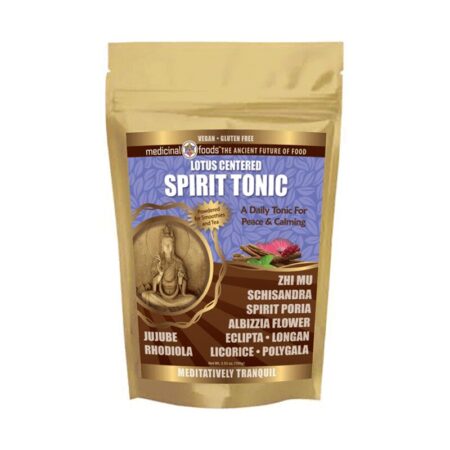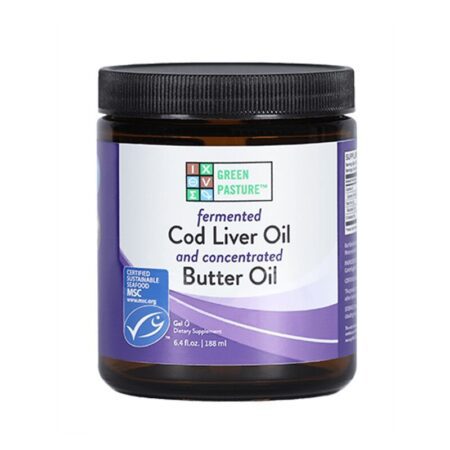How to heal cavities naturally at home? Rare are the people who have never had caries in their life, which is generally the most common human disease.
Caries are a disease of the hard tooth tissues, and it most often manifests itself as a black spot that we notice on the outer surface of the tooth (the crown of the tooth). It arises as a result of a long process caused by a number of factors.
Both children and adults have caries, and there are many reasons why it occurs. In any case, in order to act preventively, it is very important to maintain regular oral hygiene and visit the dentist.
Attention should also be paid to eating habits and the work environment, which are among the environmental factors that affect dental health.
In the stage of caries formation, it is visible as a white spot that affects only the surface layer of the enamel and has no significant symptoms. If it is not noticed and repaired at that stage, caries further penetrate the enamel and enter the dentin.
It then spreads much faster than enamel and the tooth becomes sensitive to stimuli and sweet, hot and cold food or drink. A tooth affected by caries cannot be regenerated, but the tissue should be removed and supplemented with materials such as white filling, ie. a seal.
Caries can progress faster or slower by the interaction of bacteria in the oral cavity and foods rich in carbohydrates, ie sugar and starch. Bacteria accumulate on the enamel surface of the tooth and form a bacterial layer called plaque.
Bacteria on dental plaque vary in thickness and age and feed on sugars that are ingested through the diet.
Sweet and sticky food in interaction with bacteria in the mouth produces an acid that dissolves minerals from enamel (calcium and phosphorus), resulting in demineralization of tooth enamel and dentin (solid tooth tissue).
The resulting acid gradually destroys tooth enamel and plaque, thus creating caries that cause tooth decay.
We have been taught since we were little that sweets have a bad effect on our teeth, but did you know that there are other foods that are good for caries? Foods rich in refined carbohydrates such as crackers, chips, white bread, and even dried fruit increase the risk of tooth decay.
This food sticks and stays on the surface of the teeth and lowers the pH in the mouth for a long time. In this way, there is an increase in available sugar to bacteria that participate in the creation of harmful acid for teeth and increased the chances of caries.
That is why it is very important to practice regular and proper oral hygiene to reduce the risk of caries.
On the other hand, foods such as meat, eggs, vegetables, milk, cheese, butter, seeds, fish and nuts reduce acidity in the mouth and reduce tooth exposure to acids and do not affect caries, or provide some protection for your teeth from caries!
The most common symptoms are pain, increased sensitivity of the teeth to hot and cold as well as sweet foods that warn us that something is wrong with the teeth. These symptoms appear only when caries have passed through the enamel and reached the dentin.
At the beginning of caries, the patient has no noticeable symptoms. The reason the symptoms are not noticeable right at the beginning is that the caries site has no nerves so caries cannot cause pain.
Over time, sensitivity to sweets or colds can increase or appear spontaneously without any special factor, and then it is necessary to immediately visit a dentist who will remove the missing part of the tooth and cure it with dental filling or fillings.
If you postpone going to the dentist for fear of pain, you do not have to worry about anything because during each procedure anaesthesia is given that allows you to completely relax and leave it in the hands of our dentists!
Healing cavities naturally
Caries can only be removed by going to the dentist’s office. Any delay in visiting the dentist leads you to further spread of caries.
Caries first forms on permanent teeth in the early teens to the late 20s. People prone to caries were typically little exposed to fluoride and have a relatively cariogenic microflora acquired from the mother.
They especially need to maintain good oral hygiene and scarce intake of sweet foods.
If these measures do not reduce the formation of caries, more intensive treatment is needed to change the flora.
To prevent caries of deciduous teeth (once erupted) in infants, the bottles they have during the night should contain only water.
Initial caries can sometimes be remineralized by changing diet and natural treatments.
The primary treatment for caries is its removal by sanding and then filling the resulting cavity.
In very deep cavities, a temporary filling can be left in them for 6–10 ie, in the hope that reparative dentin will be deposited in the tooth, preventing the pulp from opening, when root canal treatment is required.
The fillings of the occlusal surfaces of the posterior teeth, which bear the main load of chewing, must be made of solid materials. The most common is a silver amalgam, a combination of silver, mercury, copper, tin, and sometimes zinc, palladium or indium.
Amalgam is cheap and lasts an average of 14 years. However, with good oral hygiene and if placed with a rubber saliva barrier, many amalgam fillings last >40 years.
Although concerns are expressed about mercury exposure, the large number of amalgam fillings has nothing to do with mercury levels in the blood. Replacement of amalgam fillings is expensive, damages the structure of the teeth and is not recommended.
Composite materials that look nicer have long been used on front teeth, where appearance is most important and chewing forces are very low. Some patients also want them on their back teeth.
However, composite materials under the influence of strong chewing forces last half as long as amalgams, and are accompanied by a tendency to recurrent caries.
This is because during hardening, the material shrinks and, in contact with hot and cold food, also spreads more than tooth tissue or other filling materials. New porcelain or ceramic fillings (inlays) are similar to enamel, but long-term results are not yet known.
If the caries are so extensive that there is not enough dentin left to surround the filling, the dentist replaces the missing dentin with cement, amalgam, composite or other material.
Sometimes a holder for gold, silver, or composite core that replaces the coronal dentin must be inserted into one or more roots. Therefore, root canal filling may be required.
The outer surfaces of the teeth (which would otherwise be built of enamel) are then reduced so that an artificial crown can be placed, usually made of gold, porcelain, or both. Crowns for front teeth are made of porcelain, or covered with it.
Natural healing cavities
Caries is the decay (decay or decay) of teeth, ie. creating a cavity in the tooth. The diagnosis is based on examination of the enamel with a metal probe and X-rays of the teeth.
It is treated by removing the decayed tooth tissue and filling the cavity with various materials. Caries can be prevented with hydroxyapatite, regular dental hygiene, sealing teeth and proper nutrition.
Caries is caused by acids produced by bacteria inside the dental plaque. Plaque is initially a soft, thin layer of food debris, mucus, decayed epithelial cells and bacteria, which develops on the tooth surface ~ 24 h after brushing.
Mutants streptococci are a group of related bacteria that cause tooth decay. Some strains are more prone to caries than others. Ultimately, soft plaque hardens by depositing Ca and other minerals (hard plaque), and cannot be easily removed with a toothbrush.
Many teeth have damaged enamel, depressions, clefts, and grooves that can extend from the surface into the dentin. These lesions can be wide enough to contain bacteria, and too narrow to be effectively cleaned to favour the development of caries.
The tooth surface is more susceptible to caries when it is poorly calcified or located in an acidic environment. Typically, decalcification begins when the pH in the mouth drops below 5.5 (as is the case with acid-forming bacteria and/or sweetened, ie, "phosphoric acid" beverages).
Extensive caries of deciduous teeth indicate prolonged contact with infant formula, milk or juice, which typically occurs when a child goes to bed with a bottle.
Older people often take medications that reduce salivation, which creates a tendency to tooth decay. They also have more frequent root caries because of the withdrawal of the gingiva and the exposure of the root surfaces.
Untreated caries leads to tooth destruction, infections and the need for tooth extraction and dentures. Premature loss of deciduous teeth can lead to the displacement of adjacent teeth, interfering with the eruption of their permanent successors.
Caries initially affects only the enamel, causing no symptoms. Damage that penetrates the dentin causes pain, first in contact with cold, hot or sweet foods or beverages, and later during chewing and percussion. When the pulp is severely affected, the pain can be severe and persistent
Routine, frequent (every 6–12 months) clinical examinations reveal caries early, at a time when minimal intervention is needed to prevent its progression.
Thin probes are used, sometimes special colours and illumination with fiberoptic instruments, often with new devices that detect caries based on changes in electrical conductivity, as well as the reflection of laser light.
However, X-rays remain important in detecting caries, determining the depth of penetration and finding caries below existing fillings.
Now you know how to heal cavities naturally at home.


























